H.R. 2947: Deafblind Disabled Americans Table Approximation Act
The Deafblind Disabled Americans Table Approximation Act, also known as the Deafblind DATA Act, seeks to address the lack of accurate information regarding individuals who are deafblind in the United States. The bill contains several key components aimed at improving data collection and support for this population.
Purpose and Findings
The bill highlights that individuals who are deafblind face significant challenges due to their dual sensory impairments, which can lead to communication difficulties and social isolation. According to various estimates, there are between 70,000 and 2.47 million Americans with combined hearing and vision loss. However, due to the inconsistency in data collection, it is difficult to determine the exact number of people who are deafblind. The bill emphasizes the necessity of obtaining an accurate count to better serve the needs of this community, ensuring that they receive appropriate support and resources.
Action Required by the Bureau of the Census
The bill requires the Bureau of the Census to take specific actions:
- Within 180 days of the bill's enactment, the Bureau must report on the feasibility of expanding data collection regarding individuals who experience both hearing and vision loss in the American Community Survey (ACS) or any successor survey.
- Starting in 2026 and annually thereafter, the Bureau must publish a new table on its website summarizing data on respondents from the ACS who identify as being both deaf and blind. This table will include:
- Demographic information such as sex, race, and age.
- Economic characteristics including employment status, educational attainment, earnings, and poverty status.
- Importantly, the Bureau is mandated to ensure that no personally identifiable information is released in the published data.
Overall Goals
The overall goal of this legislation is to create a clearer picture of the deafblind population in the U.S. by collecting more accurate and comprehensive data. This would enable better programs and resources tailored to the specific needs of individuals who are both deaf and blind, ultimately improving their access to information, communication, and social opportunities.
Relevant Companies
None found
This is an AI-generated summary of the bill text. There may be mistakes.
Sponsors
26 bill sponsors
-
TrackApril McClain Delaney
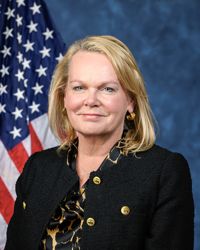
Sponsor
-
TrackEd Case
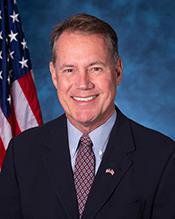
Co-Sponsor
-
TrackSheila Cherfilus-McCormick
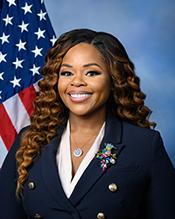
Co-Sponsor
-
TrackSteve Cohen
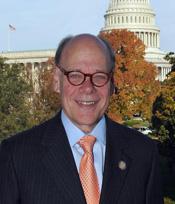
Co-Sponsor
-
TrackJasmine Crockett
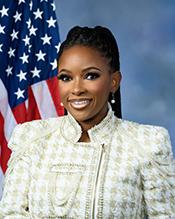
Co-Sponsor
-
TrackSharice Davids
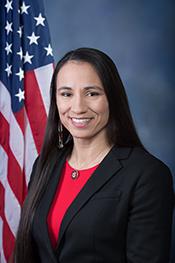
Co-Sponsor
-
TrackDonald G. Davis
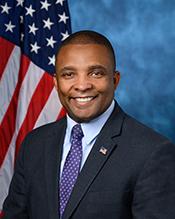
Co-Sponsor
-
TrackLloyd Doggett
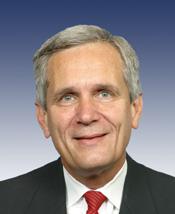
Co-Sponsor
-
TrackCleo Fields
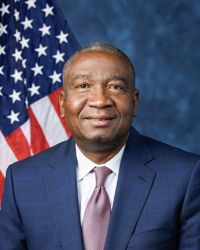
Co-Sponsor
-
TrackBrian K. Fitzpatrick

Co-Sponsor
-
TrackAndrew R. Garbarino
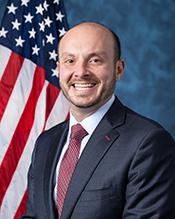
Co-Sponsor
-
TrackRobert Garcia
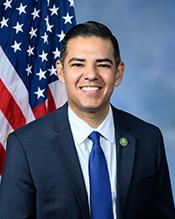
Co-Sponsor
-
TrackDaniel S. Goldman

Co-Sponsor
-
TrackJosh Gottheimer
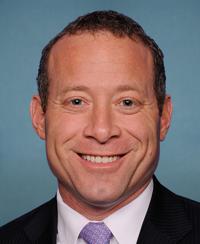
Co-Sponsor
-
TrackMichael Lawler

Co-Sponsor
-
TrackJohn Mannion
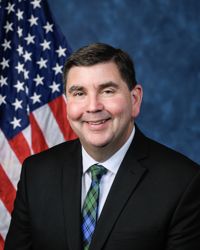
Co-Sponsor
-
TrackSarah McBride
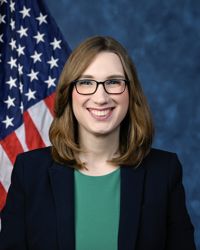
Co-Sponsor
-
TrackMorgan McGarvey
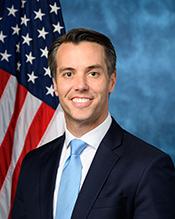
Co-Sponsor
-
TrackJoseph D. Morelle
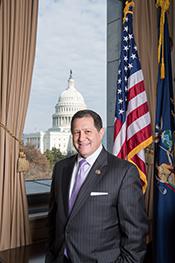
Co-Sponsor
-
TrackKevin Mullin
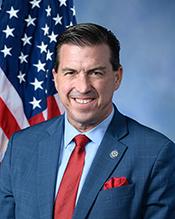
Co-Sponsor
-
TrackEleanor Holmes Norton
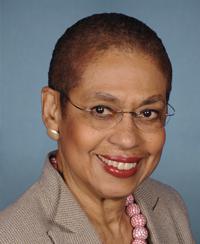
Co-Sponsor
-
TrackAlexandria Ocasio-Cortez

Co-Sponsor
-
TrackJohn H. Rutherford
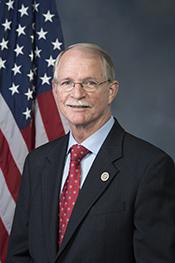
Co-Sponsor
-
TrackThomas R. Suozzi

Co-Sponsor
-
TrackMark Takano
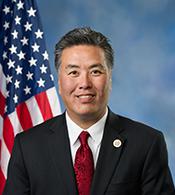
Co-Sponsor
-
TrackRashida Tlaib
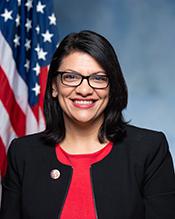
Co-Sponsor
Actions
2 actions
| Date | Action |
|---|---|
| Apr. 17, 2025 | Introduced in House |
| Apr. 17, 2025 | Referred to the House Committee on Oversight and Government Reform. |
Corporate Lobbying
0 companies lobbying
None found.
* Note that there can be significant delays in lobbying disclosures, and our data may be incomplete.
Potentially Relevant Congressional Stock Trades
No relevant congressional stock trades found.